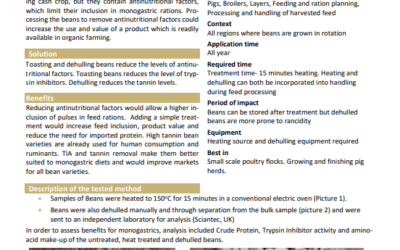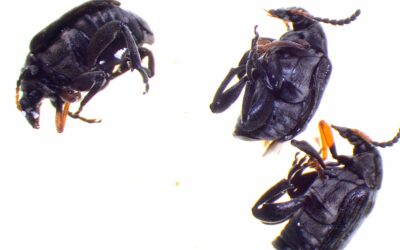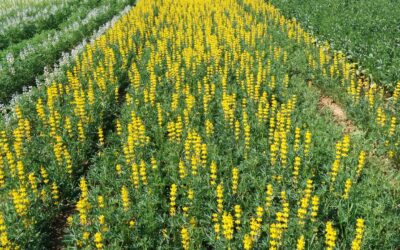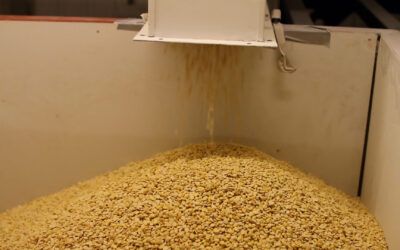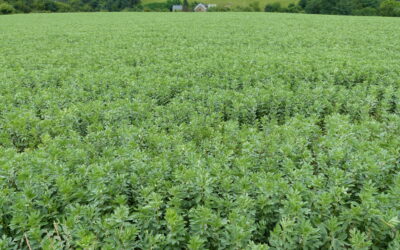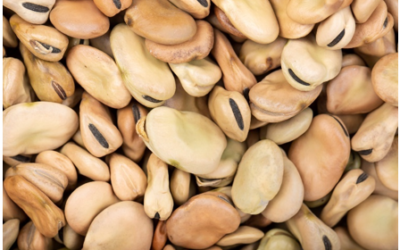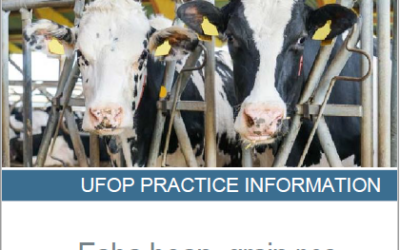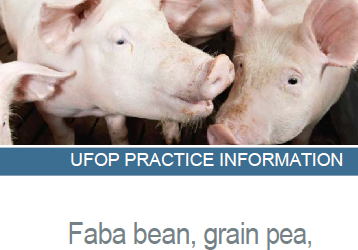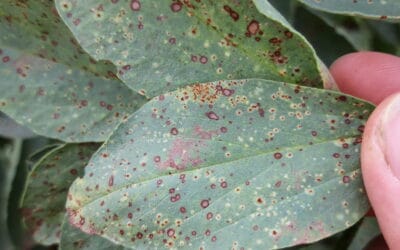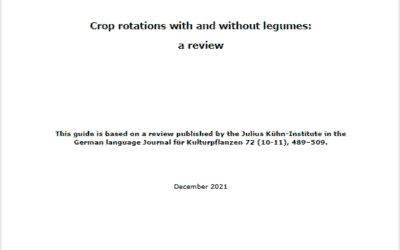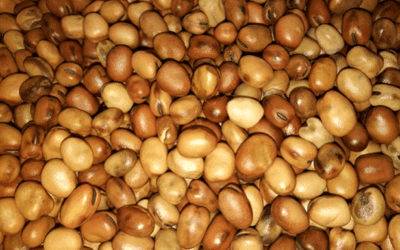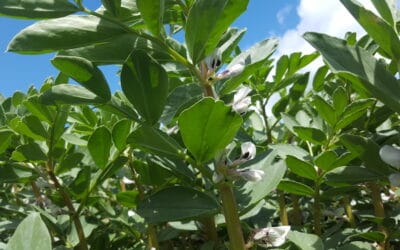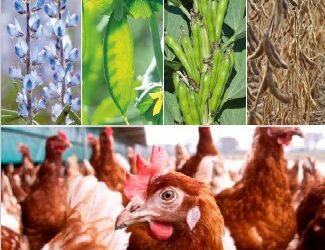Faba bean
Faba bean and oat sowing
Faba bean disease: Botrytis fabae
Faba bean crop
How to increase the nutritional value of beans for pig and poultry diets
Heat treatment and dehulling effects on feed value of faba beans
The bean seed beetle in faba bean
The lifecycle An understanding of the lifecycle is the foundation of control strategies and risk assessments. The beetle has one generation per year. Adults hibernate overwinter in leaf litter and under bark before emerging in April/May. Diapausing adults leave...
There is a grain legume for every field
Outcome The main outcome is the identification of a suitable grain legume species for a given farming situation or field. Selecting the right kind of legume crop can affect the yield potential. Length and warmth of growing season The first thing to consider is...
Dehulled grain legumes for food
Goal of dehulling Is there a customer requirement for dehulling? Is there a strong market for dehulled seeds for food products and processing? If the answer is yes to any of the questions, then dehulling is something to consider. The main processing goal is to...
Cultivar selection for spring faba bean
This article explains the range of traits available to growers in modern cultivars. It provides examples of varieties in which the respective traits are particularly pronounced. These example varieties are taken from the descriptive list of varieties (BSL) of...
Nutritional value of grain legumes
Protein solubility is not a reliable indicator of rumen degradability Proteins in less commonly used grain legumes, such as in pea and lupin, are highly soluble and so the in sacco (nylon bag) technique over-estimates protein degradability because protein...
Faba bean, grain pea, sweet lupin and soybean for feeding cattle
Faba bean, grain pea, sweet lupin and soybean for pig feeding
Valuing faba bean and pea for feed
Outcome Numerous scientific studies show that livestock can be successfully fed with protein-rich cool-season grain legumes such as faba bean, pea and others. On the basis of the ‘Löhr substitution method’, it is possible to compare different feedstuffs with...
Designing legume cropping systems for pollinators and production
Disease control in faba bean
Outcome A better understanding of these diseases in faba bean enables growers to obtain higher yields through the targeted use of fungicides. Yields are more secure and unnecessary prophylactic fungicide measures can be avoided. This protects the environment...
Crop rotations with and without legumes: a review
Thermal treatment of faba bean for flavour improvement
Outcome This article provides useful information on how to denature flavour-affecting enzymes when developing food products from faba beans. Off-flavours in faba bean Volatile compounds (e.g., aldehydes, alcohols, alkanes, ketones and aromatic...
Phosphorus fertilisation of faba bean
Outcome Ensuring a good supply of nutrients, in particular phosphorus, from the soil is the nutritional foundation of high yield. Yield increases after P fertilisation of up to 40% are reported under farm conditions in low P index soils. Good fertilisation practice...
Feeding faba bean to poultry in practice
Home-grown faba bean for organic poultry Uwe Brede and Babett Löber grow field bean cultivar Bilbo on their organic farm on Domaen Niederbeisheim, near the German city of Kassel. They keep laying hens and young hens, together about 30,000 birds. 100% organic...
Feeding quality of faba bean for poultry
Nutritional components The nutritional components of faba bean are summarised in Table 1. Grain legumes are used in livestock feed primarily for their protein content. Faba bean with 12% moisture is about 26% protein. In addition to crude protein, faba bean is...

